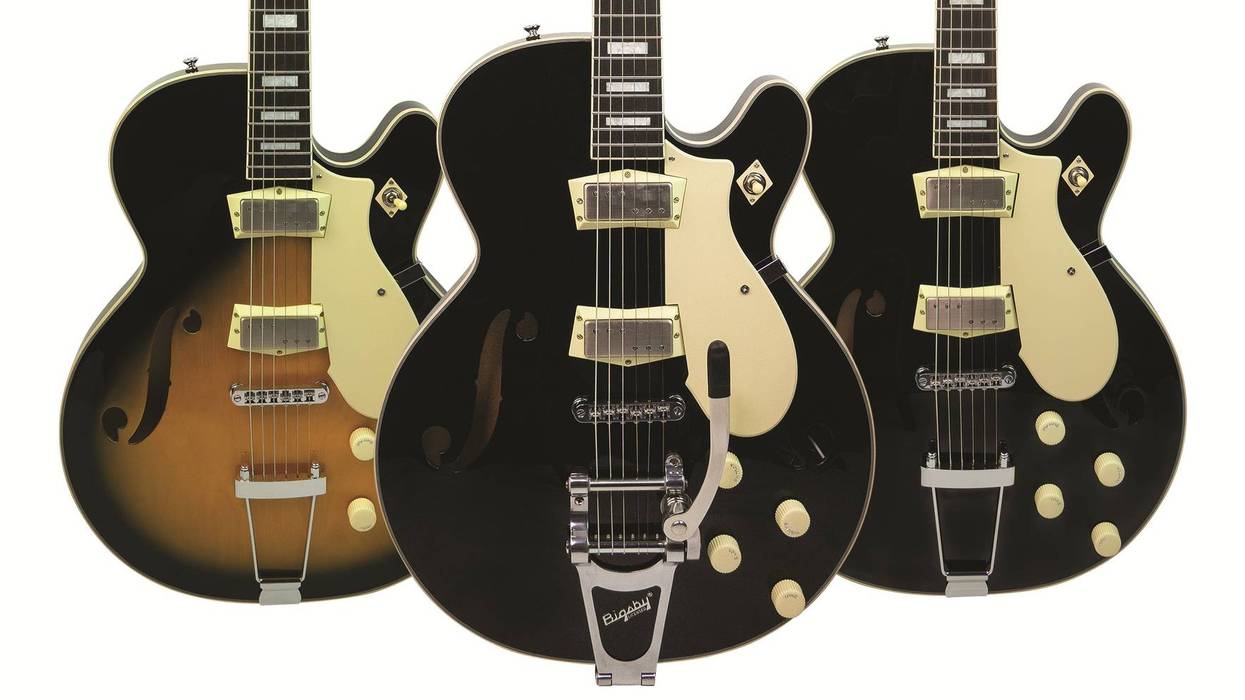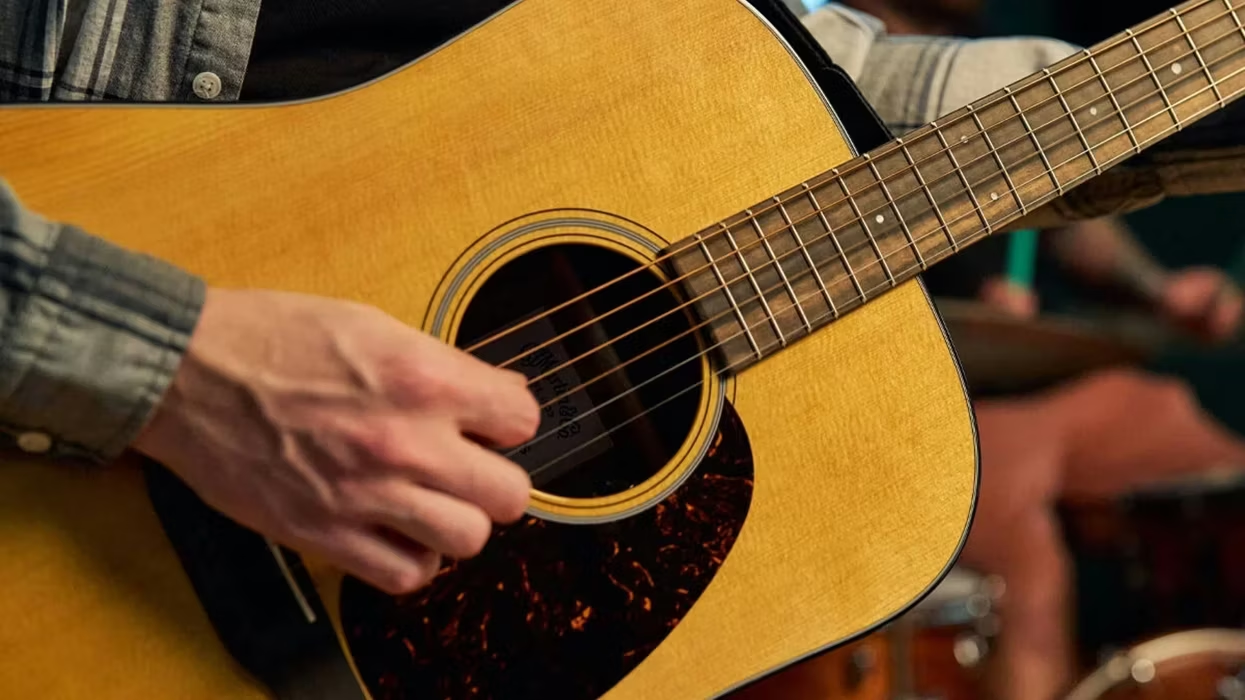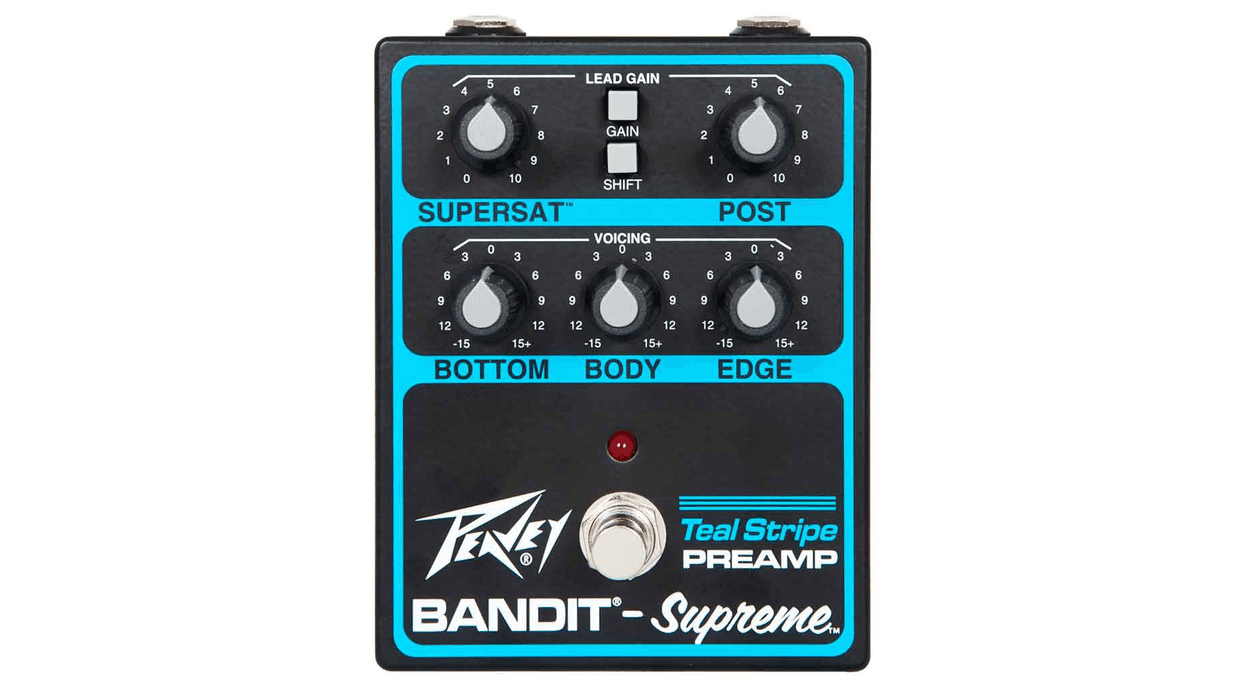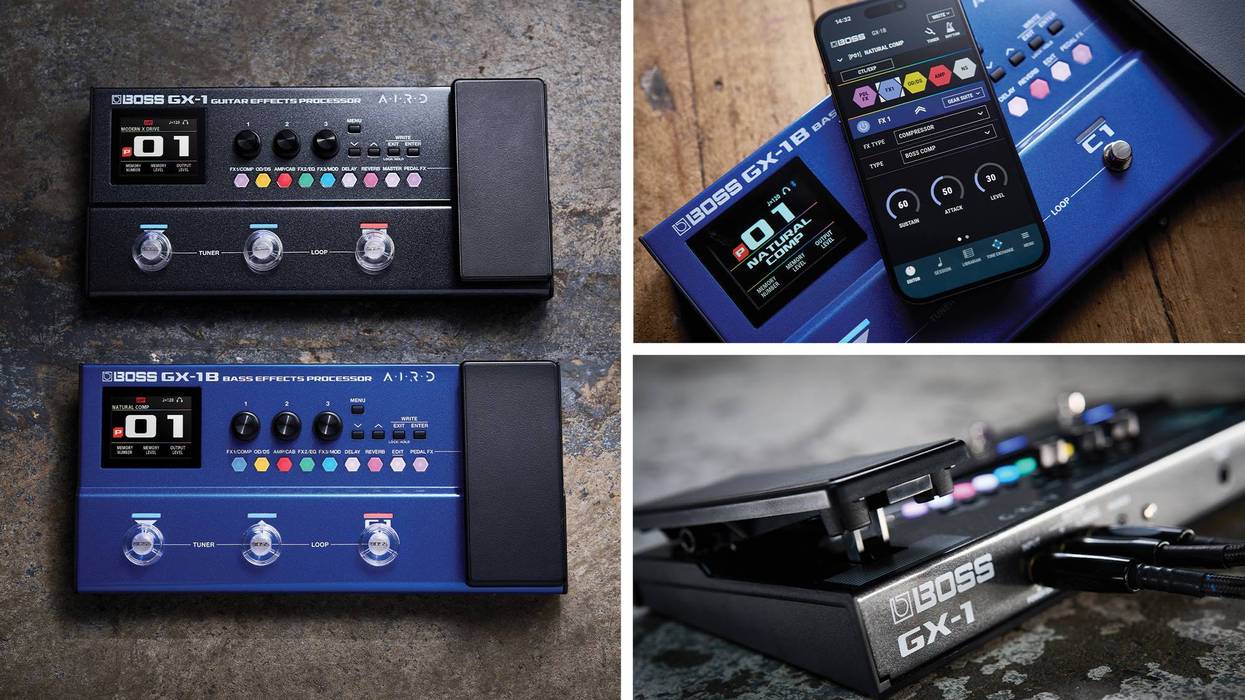Fig. 1: Standard neck shapes.
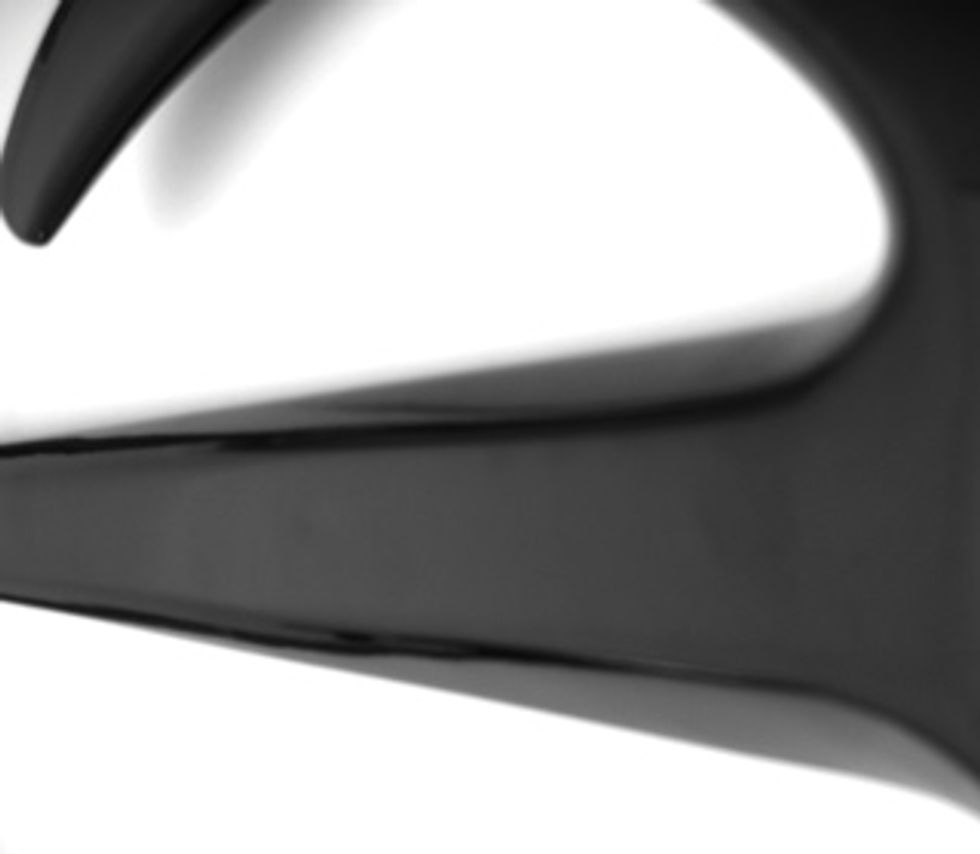
Fig. 2: A trapeze neck profile.
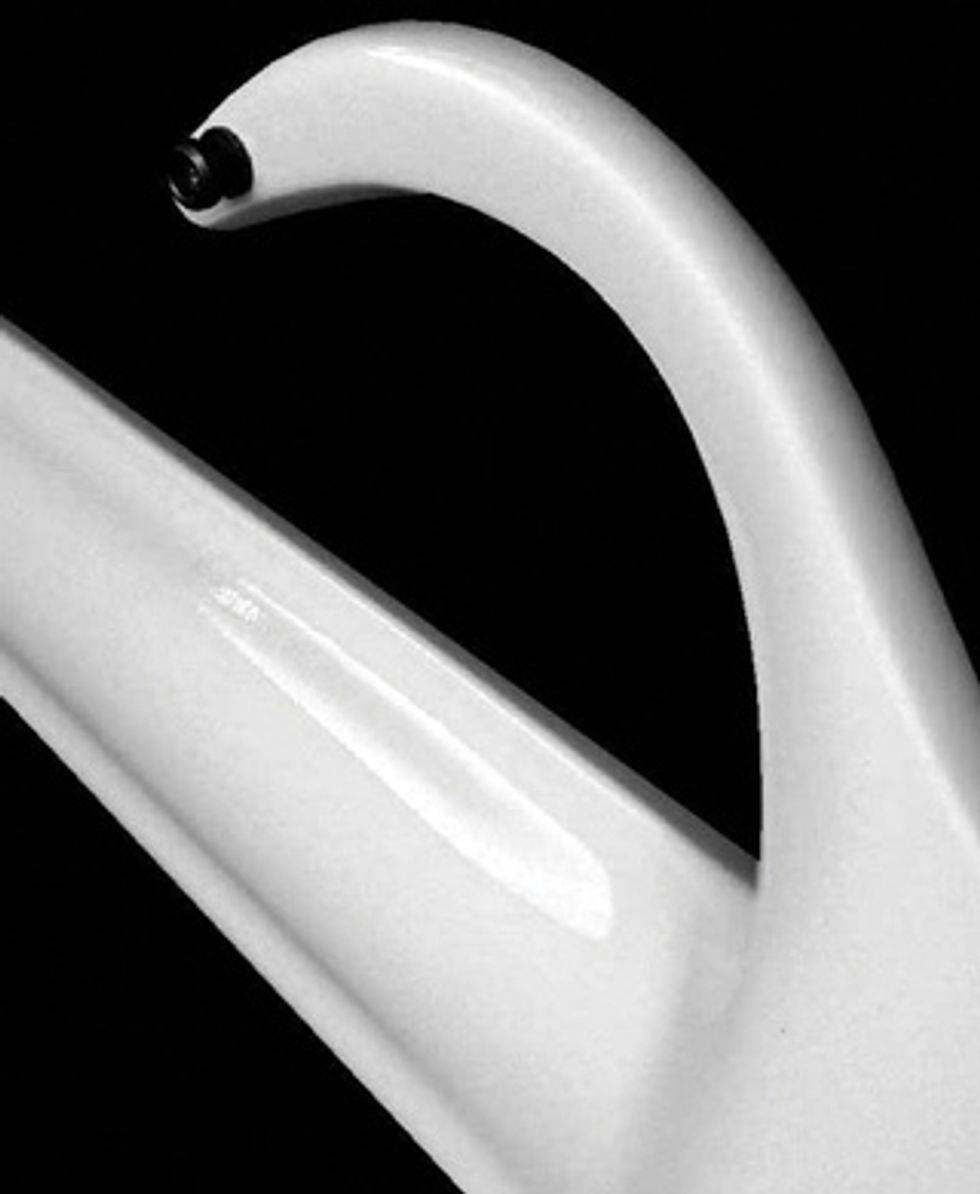
Fig. 3: A wave neck profile.
Do you remember how you chose your first bass? There’s a good chance you selected it for its body shape, color, or simply because it fit your budget. Over the years, we get pickier and pickier about the details of our prized instruments, starting with the pickups and controls, and then considering such details as whether the tuners are sealed or have open gears. Curiously, certain other parts that we touch and use all the time can be taken for granted. One of these is the neck.
When you ask most players to describe the neck on a favorite bass, you’re likely to get a very vague answer. Most players know the scale length, but once you inquire about string spacing or neck width, thickness, and shape, you’re likely to get relative comparisons but rarely numbers. For neck size, the answer might be “thin” or “thick” with perhaps “C-shape” thrown in for good measure. And before specifying the string spacing, a bassist typically has to hurry home to take measurements.
Is this important? Not always. But if you’re looking for new gear—and let’s be honest, that’s a very good reason to read PG—you’ll want to know these details. Even long-time players can fall for necks that felt good in the shop, only to later run into problems like carpal tunnel syndrome (CTS) or repetitive stress injury (RSI). Sure, there’s more to it than just the neck size—an instrument’s balance and overall ergonomics, for example—but the neck is where it starts. And that’s especially true for bass players working those thick strings.
To really know your favorite neck, you’ll need to nail down some basics. Besides the pure dimensions, the main thing is the cross section or shape. In the beginning of the electric bass, Fender came up with a pretty fat neck on the ’51 P bass (shape: thick C, radius: 7.25", nut width: 44.5 mm), while the ’60s Jazz had a much thinner neck (shape: C, radius: 10", nut width: 38.1 mm). The shapes changed somewhat over time, but today’s most popular neck shapes fall somewhere between these two classics, at least for 4-stringers.
The most common names for modern neck shapes are C, D, V, and U. Fig. 1 shows exaggerated views of each of these shapes, along with popular variations on the V and C shapes. One neck profile isn’t better than another and they don’t represent a specific tone, although neck mass can have an effect on sound. And at this point in our discussion, it doesn’t yet matter if we’re talking about a set-neck, bolt-on, or neck-through design.
Most instruments sport the C shape, which is simply half of an oval. The U, with its higher sidewalls, is often referred to as a “baseball bat.” The D is essentially a flatter C with the U’s higher shoulder. Finally, the V has the smallest radius at the point where you position your thumb.
Another variation is an asymmetric profile that’s smaller below the highest strings. The idea is to have the neck get slimmer as you shift your left hand thumb to play on the lower strings. Though this works well for some players, it’s definitely not today’s mainstream shape.
But bass players are adventurous and this natural tendency to explore has resulted in a couple of other shapes too, including a trapeze profile (Fig. 2) and a wave-like profile (Fig. 3). Shapes like these result from a builder’s desire to better guide or orient the thumb, or an attempt to make the neck feel slimmer. Playing these squarish trapeze- or wave-shaped necks isn’t as odd as you might think, nor are the profiles as earth shattering as a luthier might imagine.
The fretboard’s radius—the shape on the other side of the neck—is generally less critical. Radius dimensions have become larger (and thus flatter) over the years, especially once bassists began to add more strings and therefore require wider fretboards. These days, many fretboards are virtually flat, and the question can boil down to whether you want a radius or none at all. Flat fretboards work well on classical guitars, so again it’s not that radical.
Ultimately, neck shape is a matter of personal taste. But function is not, so let’s explore that in our next column.
 Heiko Hoepfinger is a German
physicist and long-time bassist, classical
guitarist, and motorcycle enthusiast. His
work on fuel cells for the European orbital
glider Hermes got him deeply into modern
materials and physical acoustics, and
led him to form BassLab (basslab.de)—a
manufacturer of monocoque guitars and basses. You can
reach him at
chefchen@basslab.de..
Heiko Hoepfinger is a German
physicist and long-time bassist, classical
guitarist, and motorcycle enthusiast. His
work on fuel cells for the European orbital
glider Hermes got him deeply into modern
materials and physical acoustics, and
led him to form BassLab (basslab.de)—a
manufacturer of monocoque guitars and basses. You can
reach him at
chefchen@basslab.de..


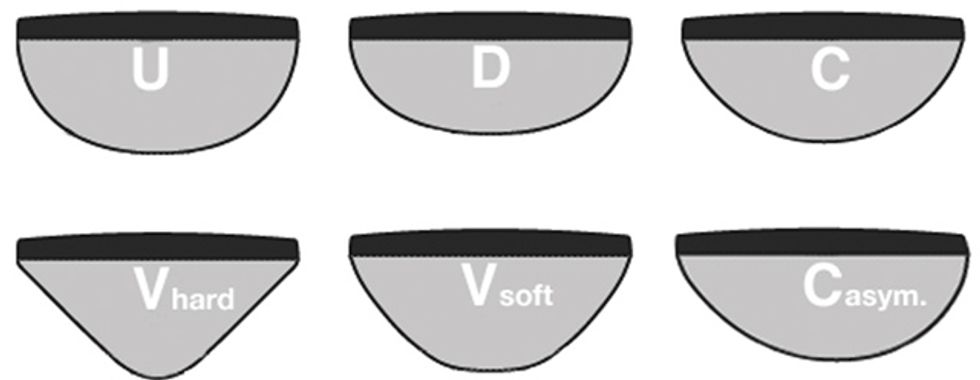
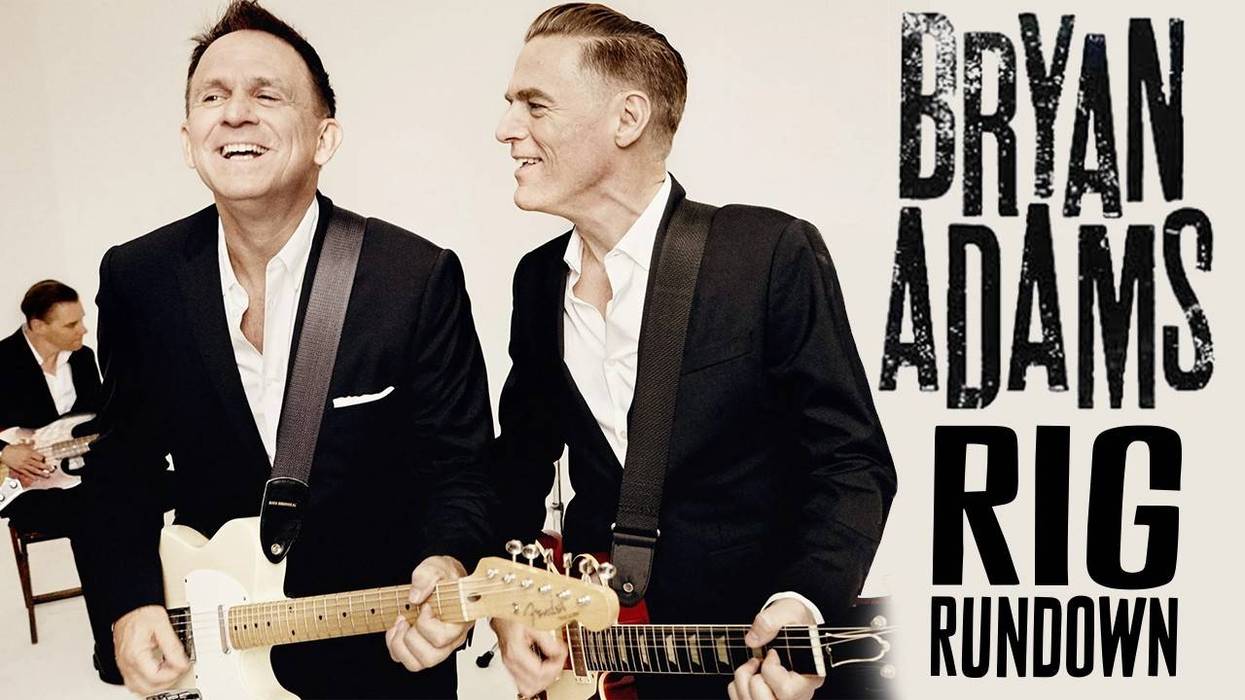
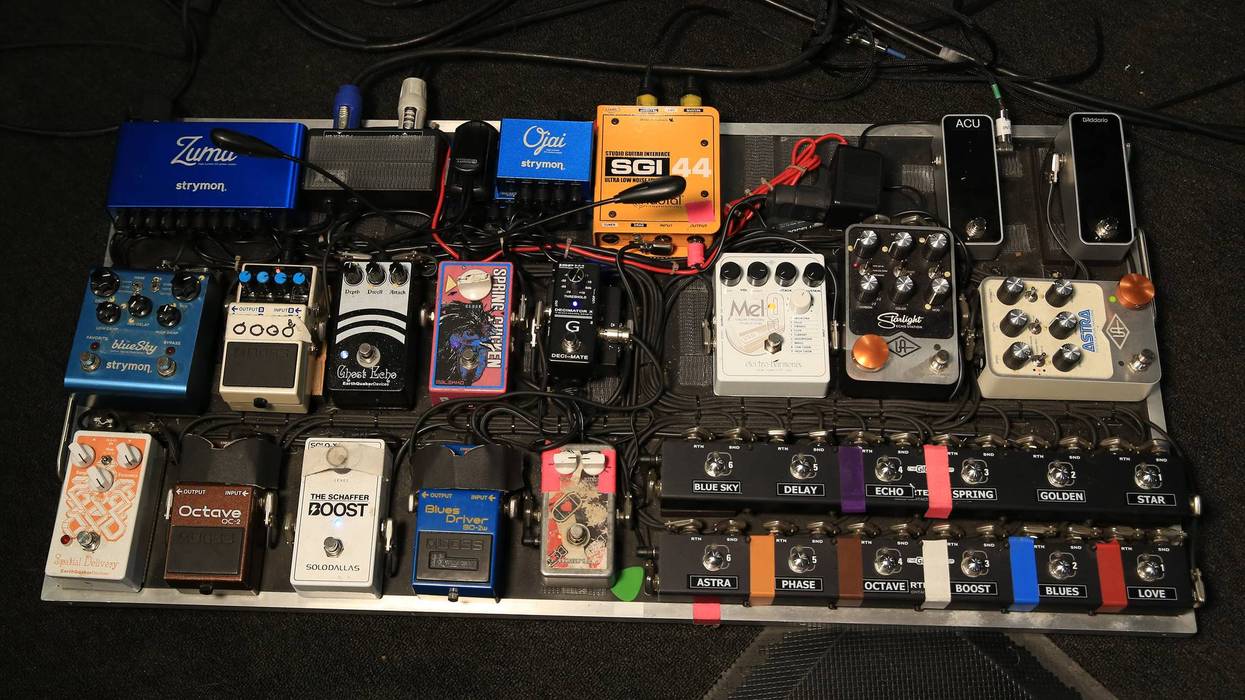
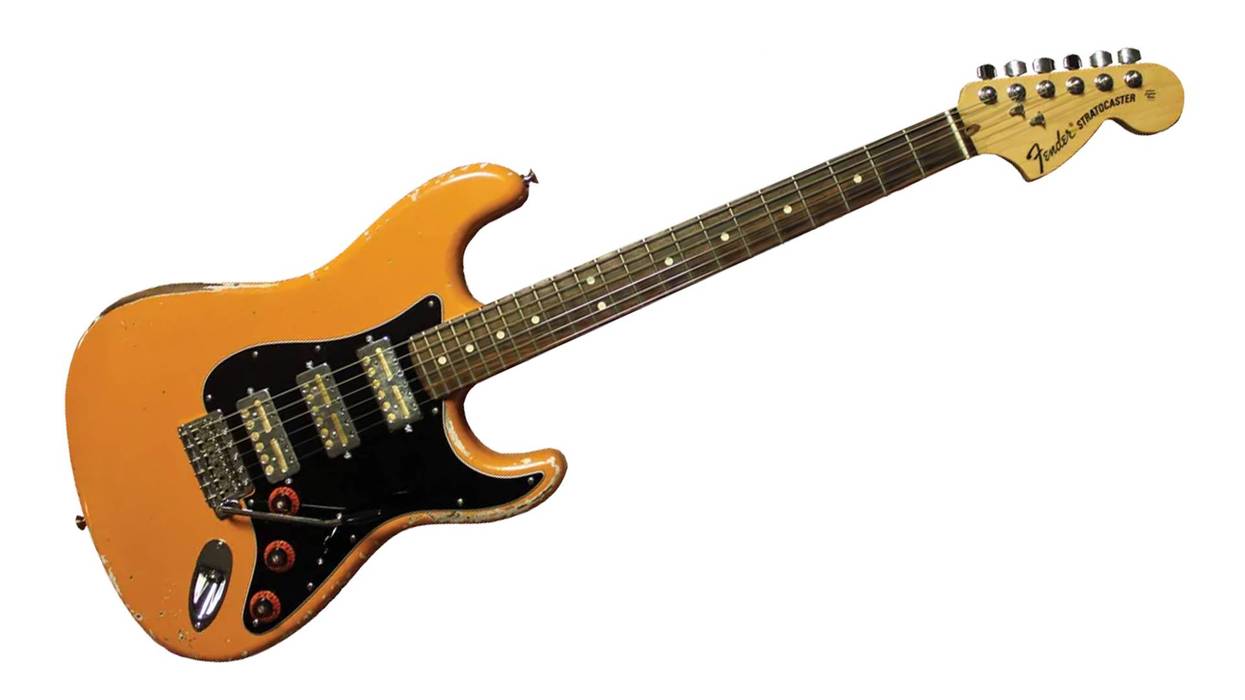
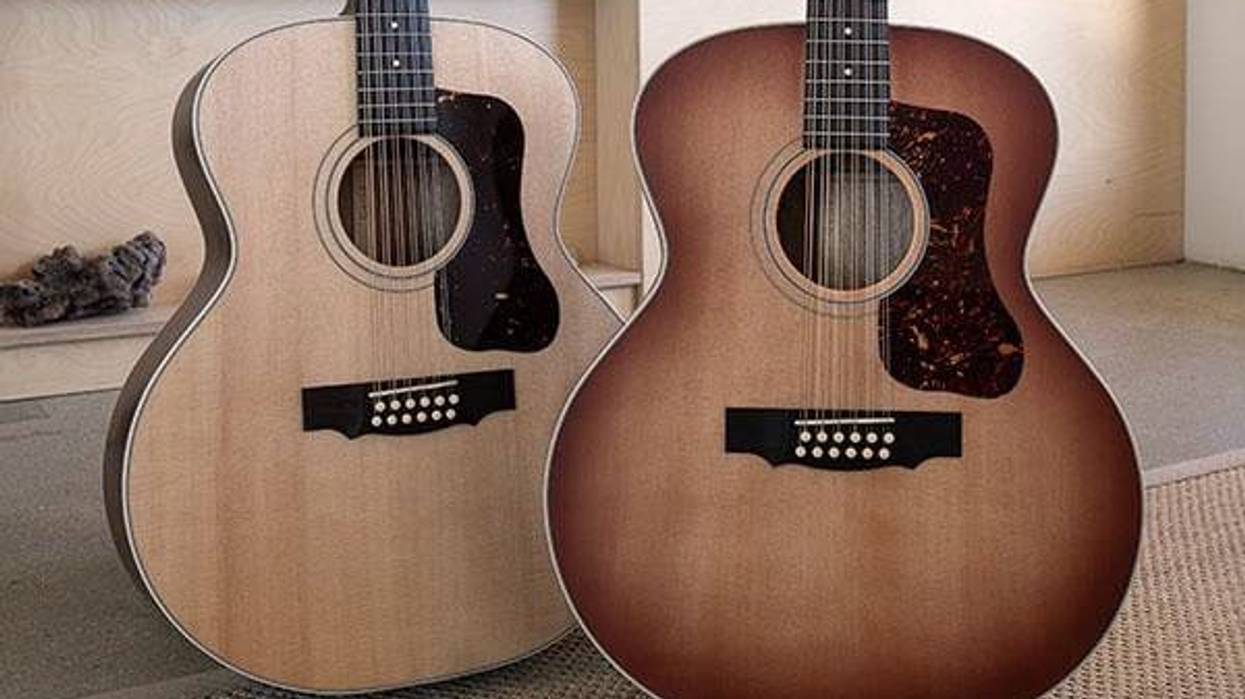
![Rig Rundown: AFI [2025]](https://www.premierguitar.com/media-library/youtube.jpg?id=62064741&width=1245&height=700&quality=70&coordinates=0%2C0%2C0%2C0)












 Shop Scott's Rig
Shop Scott's Rig

